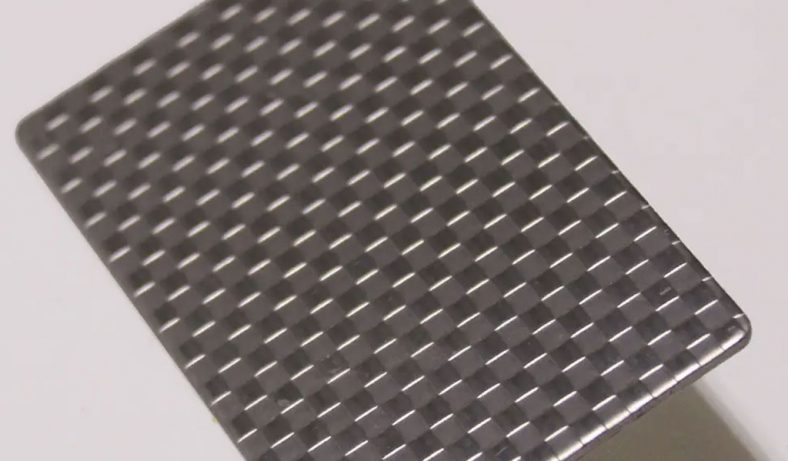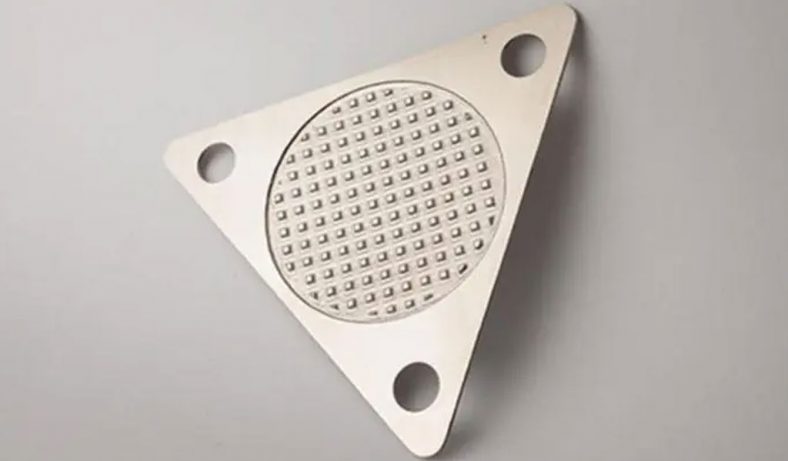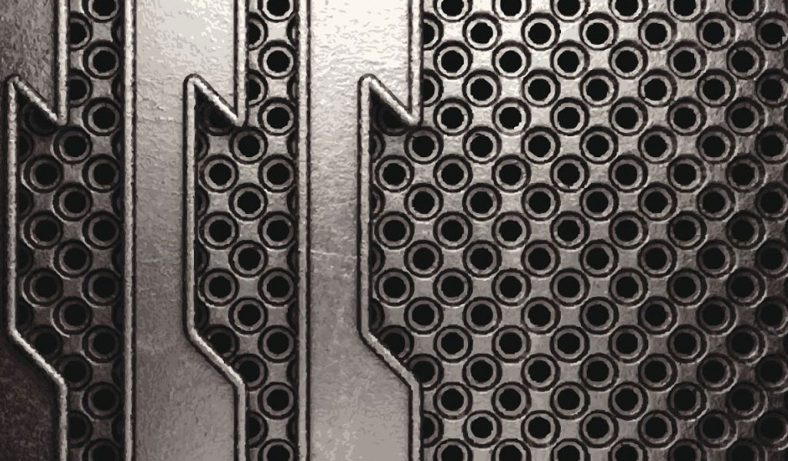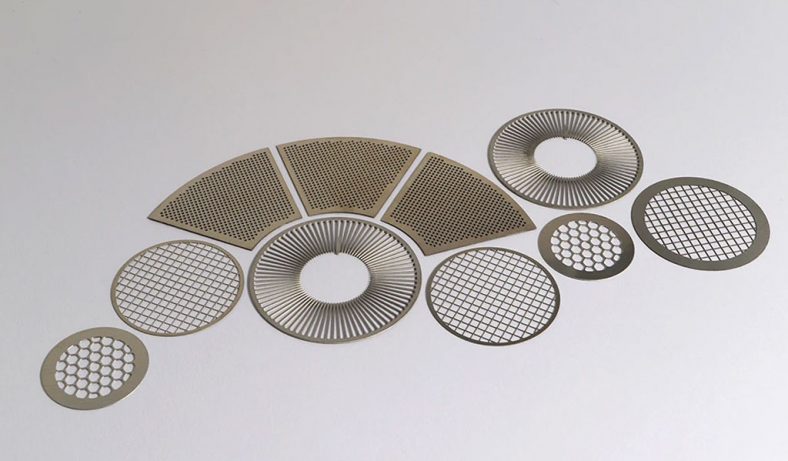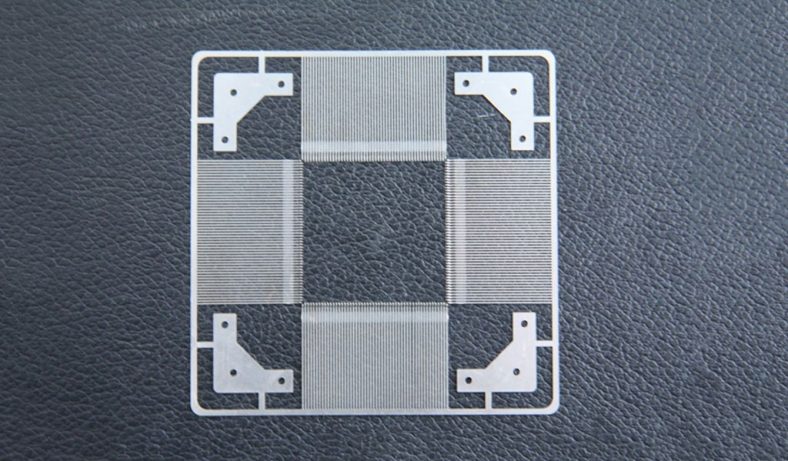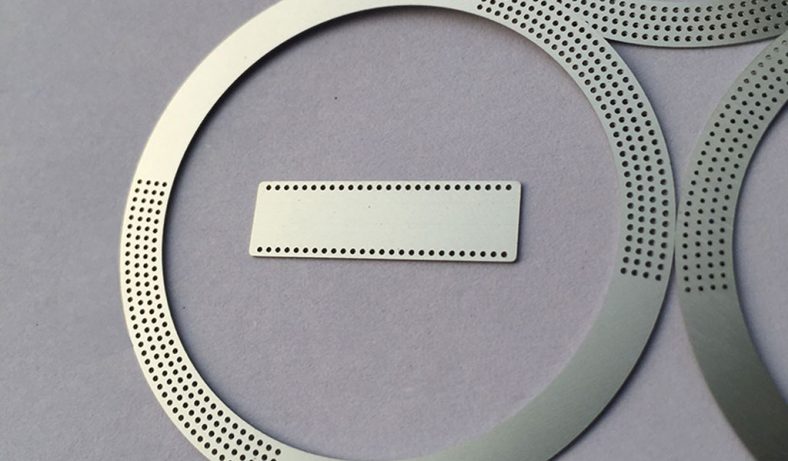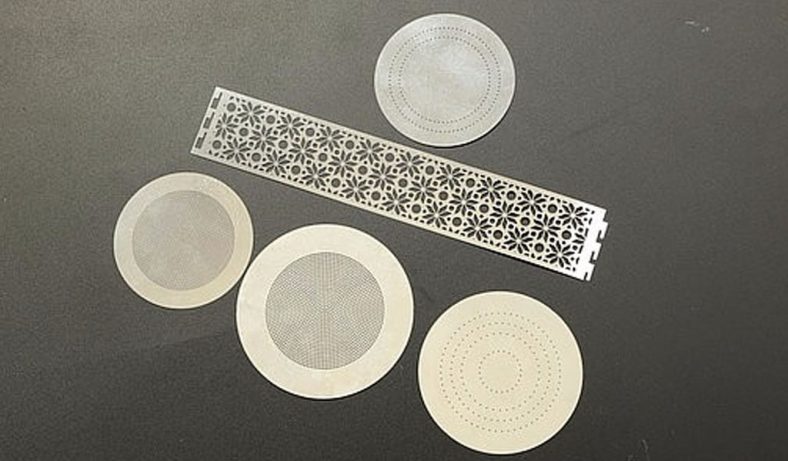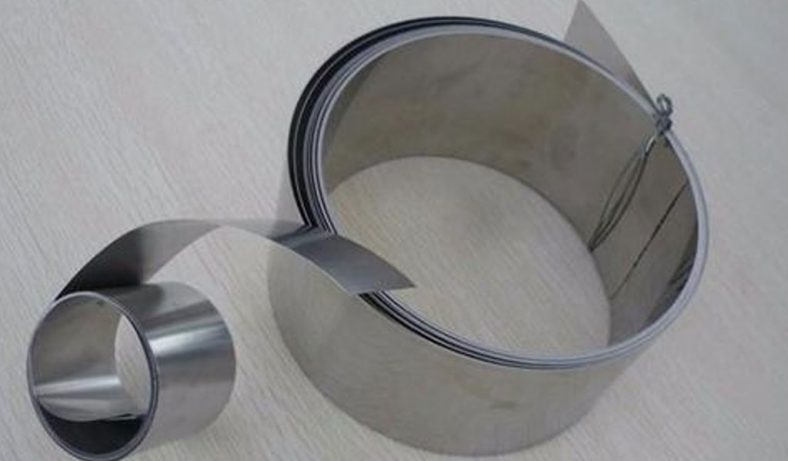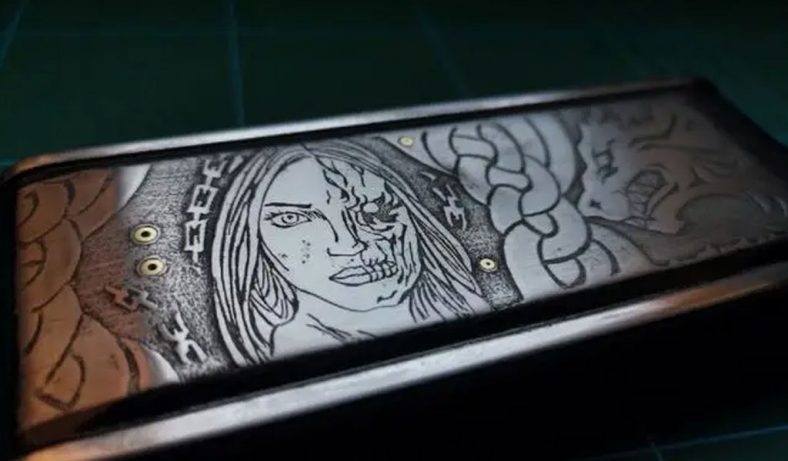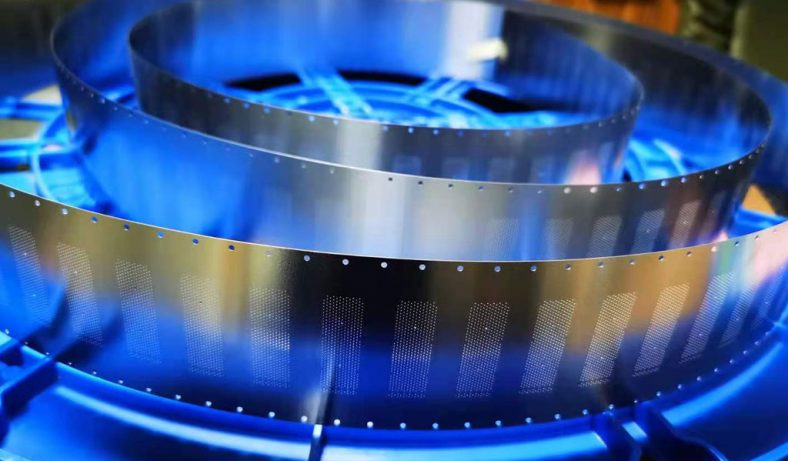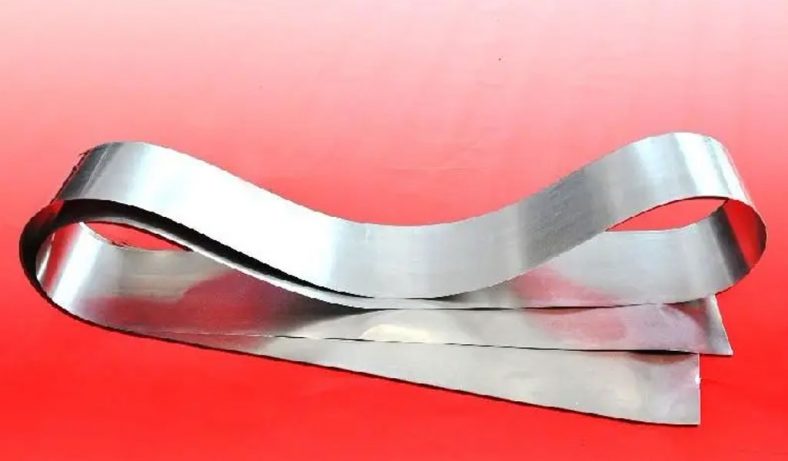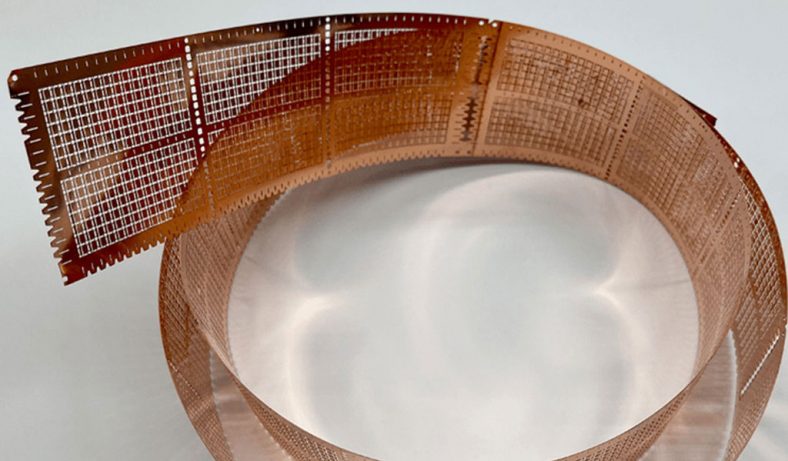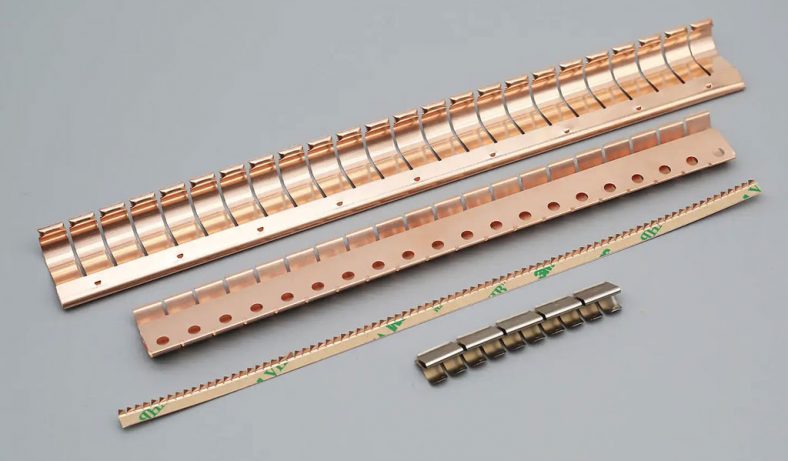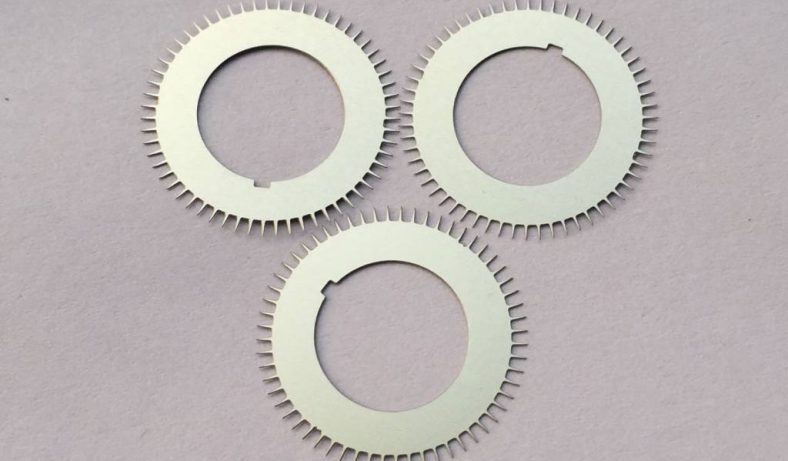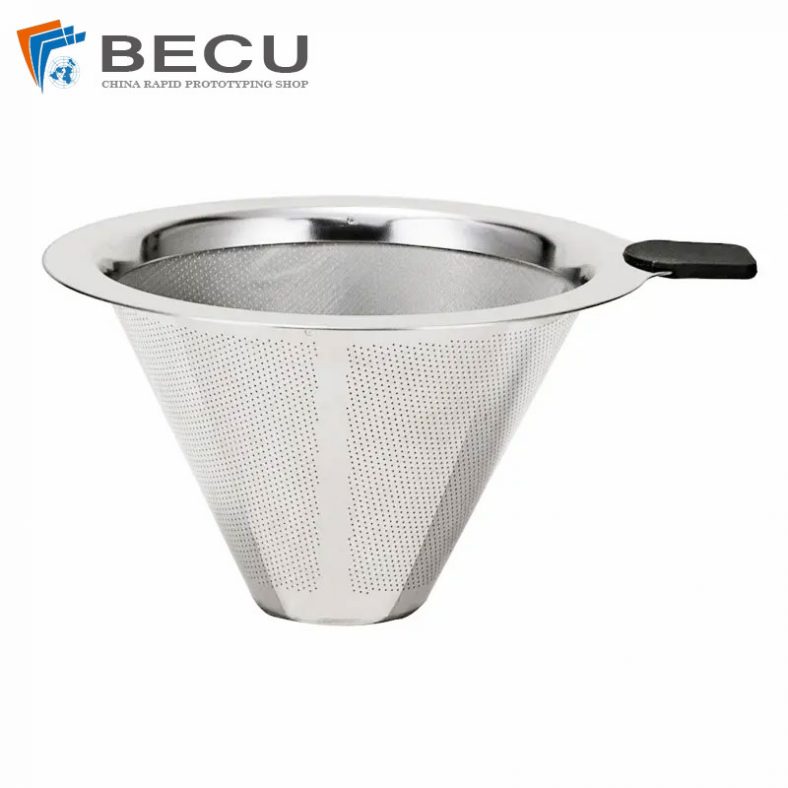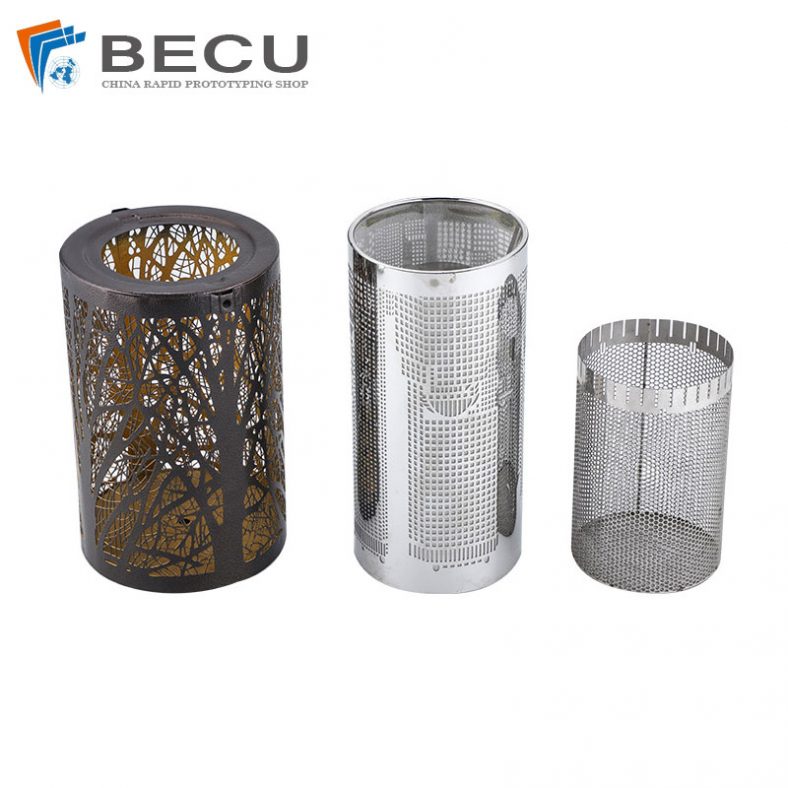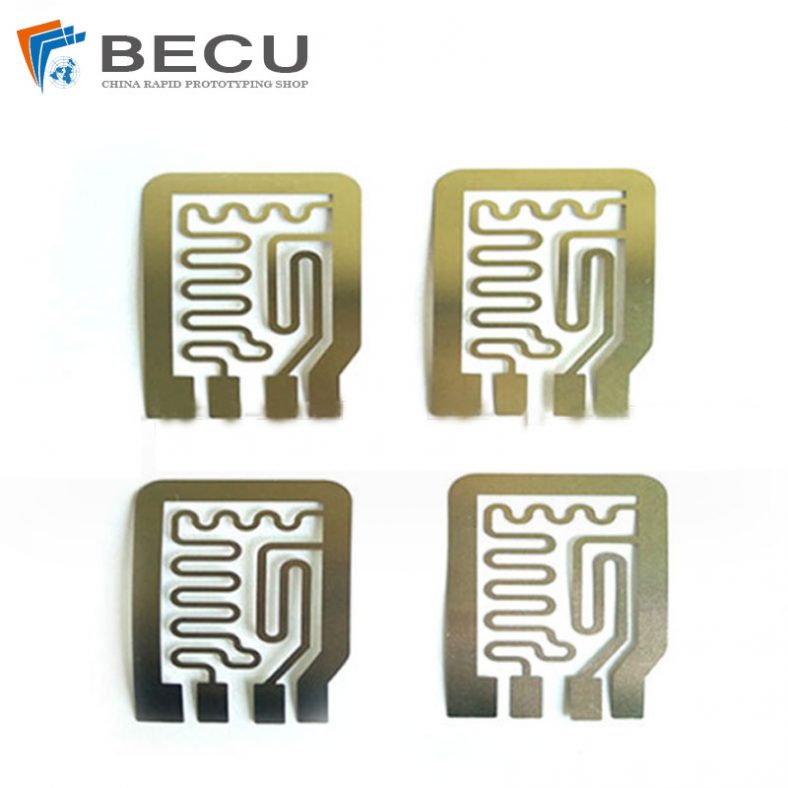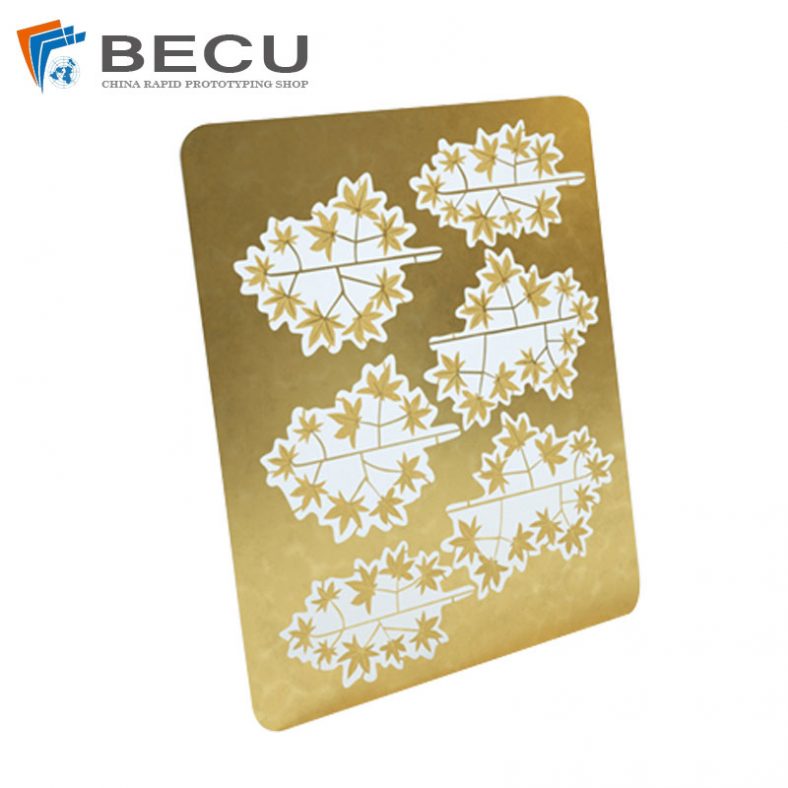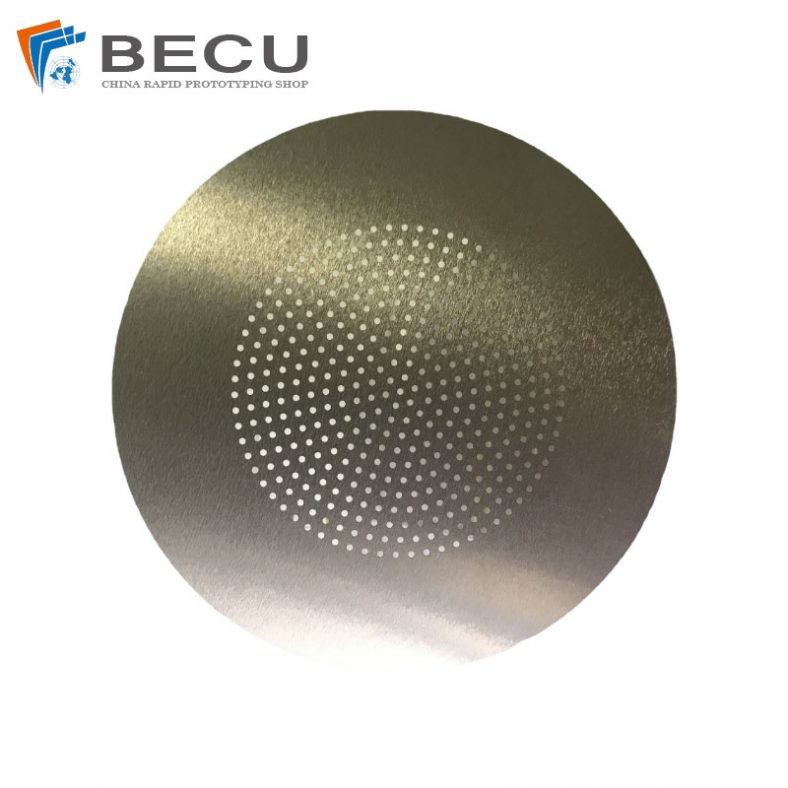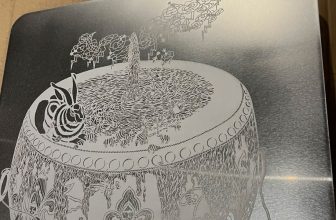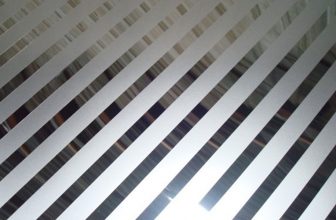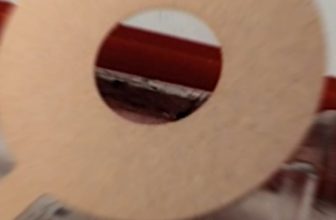Visual and dimensional inspection are critical quality control processes widely employed in manufacturing industries, particularly in the production of etched parts. Etching, a subtractive manufacturing technique, involves the selective removal of material from a substrate—typically metal, glass, or semiconductor materials—using chemical, electrochemical, or laser-based methods. The precision and reliability of etched components depend heavily on rigorous inspection protocols to ensure they meet design specifications, functional requirements, and industry standards. This article provides an in-depth exploration of the methodologies, tools, standards, and best practices associated with visual and dimensional inspection of etched parts, offering a comprehensive resource for engineers, quality assurance professionals, and researchers.
Etched parts are ubiquitous across various sectors, including aerospace, electronics, automotive, and medical device manufacturing. Examples include microelectronic circuits, precision gears, and intricate decorative components. The etching process, while highly effective for producing complex geometries with tight tolerances, introduces potential defects such as under-etching, over-etching, surface irregularities, or dimensional deviations. Visual inspection focuses on identifying surface-level imperfections, while dimensional inspection verifies the geometric accuracy of the part against specified tolerances. Together, these techniques ensure that etched components perform reliably in their intended applications.
This article is structured to cover the fundamentals of etching processes, the principles of visual and dimensional inspection, the tools and technologies employed, practical procedures, comparative analyses of inspection methods, and emerging trends in the field. Detailed tables are included to facilitate comparisons of techniques, equipment, and standards, enhancing the reader’s understanding of this multifaceted subject.
Fundamentals of Etching Processes
Etching encompasses a variety of techniques, each with distinct implications for inspection. Chemical etching, one of the most common methods, uses corrosive agents such as acids or alkalis to remove material from a workpiece selectively. A resist or mask—typically a photoresist in photolithography or a stencil in decorative etching—protects designated areas, allowing precise patterns to emerge. Electrochemical etching, by contrast, employs an electric current to drive material removal, often used for high-precision applications like microelectromechanical systems (MEMS). Laser etching, a non-contact method, vaporizes material with focused energy, offering exceptional control over depth and feature size.
The choice of etching method influences the types of defects that may arise, necessitating tailored inspection approaches. For instance, chemical etching may leave residual chemicals or uneven surfaces, while laser etching might introduce thermal damage or microcracks. Understanding these processes is essential for designing effective inspection strategies, as the nature of the etched part—its material, thickness, and feature complexity—dictates the appropriate tools and criteria for evaluation.
Materials commonly etched include stainless steel, copper, aluminum, silicon, and glass, each presenting unique challenges. Metals, for example, may exhibit corrosion or pitting, while brittle substrates like glass are prone to chipping. The dimensional tolerances for etched parts can range from micrometers in semiconductor manufacturing to millimeters in larger structural components, underscoring the need for versatile inspection techniques capable of addressing diverse scales and material properties.
Principles of Visual Inspection
Visual inspection is the first line of defense in quality assurance for etched parts, relying on the human eye or optical aids to detect surface anomalies. This non-destructive method evaluates characteristics such as surface finish, color consistency, presence of defects (e.g., scratches, burrs, or discoloration), and adherence to aesthetic standards. While seemingly straightforward, visual inspection requires a systematic approach to ensure repeatability and accuracy, particularly when assessing intricate etched features.
The primary objective of visual inspection is to identify defects that could compromise functionality or reliability. Common issues in etched parts include incomplete etching (where material removal is insufficient), over-etching (excessive material loss), and mask misalignment (leading to pattern distortion). Surface irregularities, such as roughness or pitting, may also affect downstream processes like coating or assembly. In decorative applications, visual inspection ensures that aesthetic criteria—such as uniformity of patterns or absence of blemishes—are met.
Lighting plays a pivotal role in visual inspection. Diffuse lighting minimizes glare and shadows, enhancing visibility of surface details, while directional lighting can highlight texture or depth variations. Magnification tools, such as handheld lenses or stereomicroscopes, extend the capabilities of visual inspection, enabling detection of microscopic flaws. For example, a 10x magnifying glass might reveal fine scratches on a copper etched circuit, while a 50x microscope could expose microcracks in a laser-etched glass substrate.
Standards such as ISO 9001 (Quality Management Systems) and MIL-STD-105E (Sampling Procedures and Tables for Inspection by Attributes) often guide visual inspection protocols. These standards specify acceptable defect levels, sampling plans, and documentation requirements, ensuring consistency across production batches. In regulated industries like aerospace or medical devices, additional standards—such as AS9100 or ISO 13485—impose stricter criteria, reflecting the critical nature of the components.
Principles of Dimensional Inspection
Dimensional inspection verifies that the physical dimensions of etched parts conform to engineering drawings or digital models. This process measures parameters such as length, width, thickness, hole diameter, and feature spacing, comparing them against specified tolerances. Unlike visual inspection, which focuses on surface quality, dimensional inspection quantifies geometric accuracy, ensuring that parts fit and function as intended in assemblies or systems.
Etching introduces unique challenges to dimensional control. For instance, chemical etching may produce tapered sidewalls (an effect known as undercutting), while laser etching can alter feature edges due to beam divergence. These phenomena necessitate precise measurement techniques capable of capturing subtle deviations. Tolerances for etched parts vary widely: a microchip might require ±1 μm precision, whereas a decorative panel might allow ±0.1 mm.
Dimensional inspection can be contact-based (using tools like calipers or micrometers) or non-contact (employing optical or laser systems). The choice depends on factors such as part fragility, feature size, and required accuracy. For example, a thin etched foil might deform under contact measurement, making non-contact methods preferable. Conversely, robust metal components may tolerate mechanical probing without risk.
Standards like ISO 8015 (Geometrical Product Specifications) and ASME Y14.5 (Dimensioning and Tolerancing) provide frameworks for defining and verifying dimensional requirements. These standards outline principles such as maximum material condition (MMC) and least material condition (LMC), which are particularly relevant for etched parts with variable sidewall profiles.
Tools and Technologies for Visual Inspection
A range of tools supports visual inspection, from simple handheld devices to advanced imaging systems. The following subsections detail key equipment and their applications in etching inspection.
Handheld Magnifiers and Loupes
Handheld magnifiers, typically offering 5x to 20x magnification, are portable and cost-effective for spotting gross defects. Loupes, worn like eyeglasses, provide hands-free operation, ideal for prolonged inspection tasks. These tools excel in identifying surface scratches, mask residues, or etching inconsistencies on larger parts.
Microscopes
Optical microscopes, including compound and stereo variants, offer higher magnification (up to 1000x) and resolution. Stereomicroscopes, with their three-dimensional imaging, are particularly useful for assessing depth in etched features, such as trenches or channels. In semiconductor manufacturing, microscopes reveal defects like pinholes or line width variations.
Borescopes and Endoscopes
For etched parts with internal features—such as microfluidic channels or perforated tubes—borescopes and endoscopes provide access. These flexible, fiber-optic devices transmit images from confined spaces, enabling inspection of hard-to-reach areas without disassembly.
Automated Vision Systems
Automated vision systems integrate cameras, lighting, and image-processing software to perform rapid, objective inspections. These systems detect defects by comparing captured images to reference templates, excelling in high-volume production environments. For etched circuit boards, they identify misaligned traces or incomplete etching with minimal human intervention.
Tools and Technologies for Dimensional Inspection
Dimensional inspection employs a diverse toolkit, balancing precision, speed, and cost. Below are the primary categories and their applications.
Mechanical Tools
Calipers and micrometers are staples of dimensional inspection, offering resolutions down to 0.001 mm. Vernier calipers measure external dimensions like part width, while micrometers provide greater precision for thickness or small features. These tools are reliable for robust etched parts but less suitable for delicate or microscopic components.
Coordinate Measuring Machines (CMMs)
CMMs use a probe to map a part’s geometry in three dimensions, achieving accuracies of ±0.001 mm or better. Available in contact (touch-probe) and non-contact (laser or optical) configurations, CMMs excel in verifying complex etched geometries, such as aerospace components with intricate cutouts.
Optical Comparators
Optical comparators project a magnified silhouette of a part onto a screen, where it is overlaid with a reference template. This method is effective for checking feature shapes and spacings in flat etched parts, such as stencils or gaskets, with accuracies around ±0.01 mm.
Laser Scanners and Profilometers
Laser scanners capture surface profiles and dimensions without contact, ideal for fragile or highly detailed etched parts. Profilometers, a subset of this category, measure surface roughness and step heights, critical for assessing etch depth uniformity. Resolutions can reach nanometer scales, suiting microfabricated components.
X-Ray and CT Systems
For internal dimensions or multilayer etched parts, X-ray and computed tomography (CT) systems provide non-destructive insights. These technologies penetrate materials to reveal hidden features, such as subsurface voids in semiconductor wafers, with accuracies dependent on system calibration.
Practical Procedures for Visual Inspection
Implementing visual inspection for etched parts requires a structured workflow to ensure consistency and reliability. The following steps outline a typical procedure, adaptable to specific applications.
- Preparation: Clean the etched part to remove residues (e.g., etchant or mask material) that could obscure defects. Use appropriate solvents or ultrasonic cleaning, avoiding damage to delicate features.
- Lighting Setup: Select and position lighting—diffuse, directional, or polarized—based on the part’s material and defect types. For reflective metals, polarized light reduces glare; for transparent substrates, backlighting highlights internal flaws.
- Initial Assessment: Conduct a naked-eye inspection to identify obvious defects, such as large scratches or discoloration. Record findings using a checklist or digital log.
- Magnified Inspection: Use a magnifier or microscope to examine finer details. Focus on critical areas, such as etched patterns or edges, scanning systematically to avoid oversight.
- Defect Classification: Categorize defects by type (e.g., surface, pattern, or contamination) and severity (e.g., cosmetic vs. functional). Reference acceptance criteria from relevant standards or customer specifications.
- Documentation: Photograph or sketch defects for traceability, noting their location and characteristics. Digital tools like image annotation software enhance record-keeping.
- Review and Decision: Compare findings against quality thresholds. Approve, rework, or reject parts based on predefined limits, escalating ambiguous cases to a supervisor or engineer.
Practical Procedures for Dimensional Inspection
Dimensional inspection follows a similar structured approach, tailored to measurement tools and tolerances. Below is a detailed procedure.
- Calibration: Calibrate instruments (e.g., calipers, CMMs) against traceable standards, such as gauge blocks or NIST references, to ensure accuracy. Record calibration data.
- Part Stabilization: Secure the etched part on a fixture or stage to prevent movement during measurement. For thin or flexible parts, use vacuum chucks or non-contact methods.
- Reference Selection: Load the part’s engineering drawing or CAD model, identifying key dimensions and tolerances. Highlight critical features, such as hole diameters or edge distances.
- Measurement Execution: Measure each dimension using the chosen tool. For contact methods, apply consistent pressure; for non-contact systems, adjust focus or scanning parameters. Repeat measurements for statistical reliability.
- Data Recording: Log measurements in a spreadsheet or quality management system, noting deviations from nominal values. Include environmental conditions (e.g., temperature) if tolerances are tight.
- Tolerance Verification: Compare measured values to specified tolerances, calculating deviations (e.g., +0.02 mm). Use statistical process control (SPC) charts for batch analysis.
- Reporting: Generate a dimensional inspection report, summarizing compliance and highlighting out-of-spec features. Attach raw data or graphical outputs (e.g., CMM point clouds) for transparency.
Comparative Analysis of Inspection Methods
To aid decision-making, the following tables compare visual and dimensional inspection methods, focusing on tools, accuracy, and applications.
| Tool | Magnification | Accuracy | Applications | Advantages | Limitations |
|---|---|---|---|---|---|
| Handheld Magnifier | 5x–20x | Subjective | Surface defects, large parts | Portable, low cost | Limited resolution |
| Stereomicroscope | 10x–100x | High (qualitative) | Microfeatures, depth assessment | 3D imaging, versatile | Requires training |
| Automated Vision | Variable | High (quantitative) | High-volume production | Fast, objective | High initial cost |
| Borescope | 10x–50x | Moderate | Internal features, channels | Accesses confined spaces | Limited field of view |
| Tool | Accuracy | Resolution | Applications | Advantages | Limitations |
|---|---|---|---|---|---|
| Vernier Caliper | ±0.02 mm | 0.01 mm | External dimensions | Simple, affordable | Contact-based, manual |
| CMM (Touch-Probe) | ±0.001 mm | 0.0001 mm | Complex geometries | High precision, 3D mapping | Slow, expensive |
| Laser Scanner | ±0.005 mm | 0.001 mm | Fragile or micro parts | Non-contact, fast | Surface reflectivity issues |
| X-Ray/CT | ±0.01 mm | 0.001 mm | Internal features, multilayers | Non-destructive, detailed | Costly, radiation concerns |
| Part Type | Visual Inspection Tools | Dimensional Inspection Tools | Key Considerations |
|---|---|---|---|
| Microchip | Microscope, Vision System | Laser Scanner, CMM | Tight tolerances, fragility |
| Metal Stencil | Magnifier, Comparator | Caliper, Optical Comparator | Moderate tolerances, durability |
| Glass Microfluidics | Borescope, Microscope | Profilometer, X-Ray | Transparency, internal features |
| Decorative Panel | Naked Eye, Magnifier | Caliper, CMM | Aesthetic focus, larger scale |
Emerging Trends in Inspection Technology
Advancements in inspection technology are transforming how etched parts are evaluated. Machine learning and artificial intelligence (AI) enhance automated vision systems, enabling them to classify defects with greater nuance and adapt to new patterns without extensive reprogramming. For instance, AI can distinguish between acceptable surface roughness and critical pitting in real time, reducing false positives.
Non-contact dimensional inspection is also evolving. Structured light scanners, which project patterns onto a part and analyze distortions, offer rapid 3D mapping with sub-micron precision. These systems are increasingly affordable, broadening their adoption in small-scale manufacturing. Similarly, hyperspectral imaging—capturing data across multiple wavelengths—reveals material properties and defects invisible to standard cameras, such as stress fractures in etched glass.
In-line inspection, where quality checks occur during etching rather than post-process, is gaining traction. Real-time feedback from sensors or cameras allows immediate process adjustments, minimizing waste. For example, laser etching systems with integrated profilometers can monitor depth as material is removed, ensuring uniformity.
Sustainability is another driver of innovation. Inspection tools are being designed with energy efficiency in mind, and digital twins—virtual replicas of physical parts—enable simulated inspections, reducing the need for physical prototypes. These trends promise to enhance the precision, speed, and cost-effectiveness of inspecting etched parts.
Conclusion
Visual and dimensional inspection are indispensable for ensuring the quality of etched parts, bridging the gap between manufacturing intent and real-world performance. Visual inspection safeguards surface integrity, while dimensional inspection guarantees geometric fidelity, together forming a robust quality assurance framework. The tools and procedures outlined in this article—from magnifiers to CMMs, from structured workflows to advanced imaging—equip practitioners with the means to address diverse challenges posed by etching processes.
As etching technologies evolve, so too must inspection methods. The integration of AI, non-contact systems, and in-line monitoring reflects a future where quality control is faster, smarter, and more sustainable. By mastering these techniques and leveraging comparative data, manufacturers can uphold the highest standards, delivering etched components that excel in both form and function.

